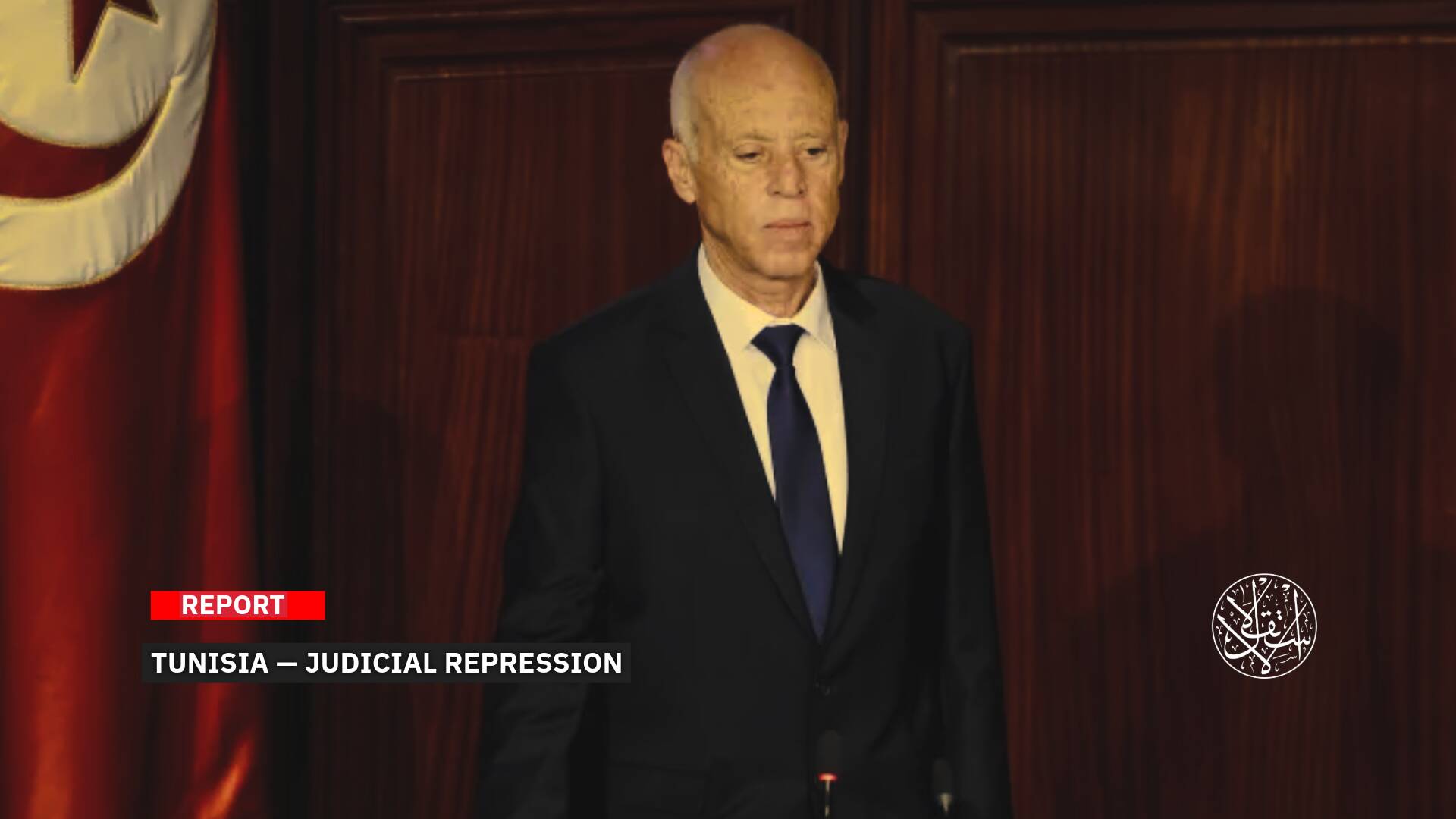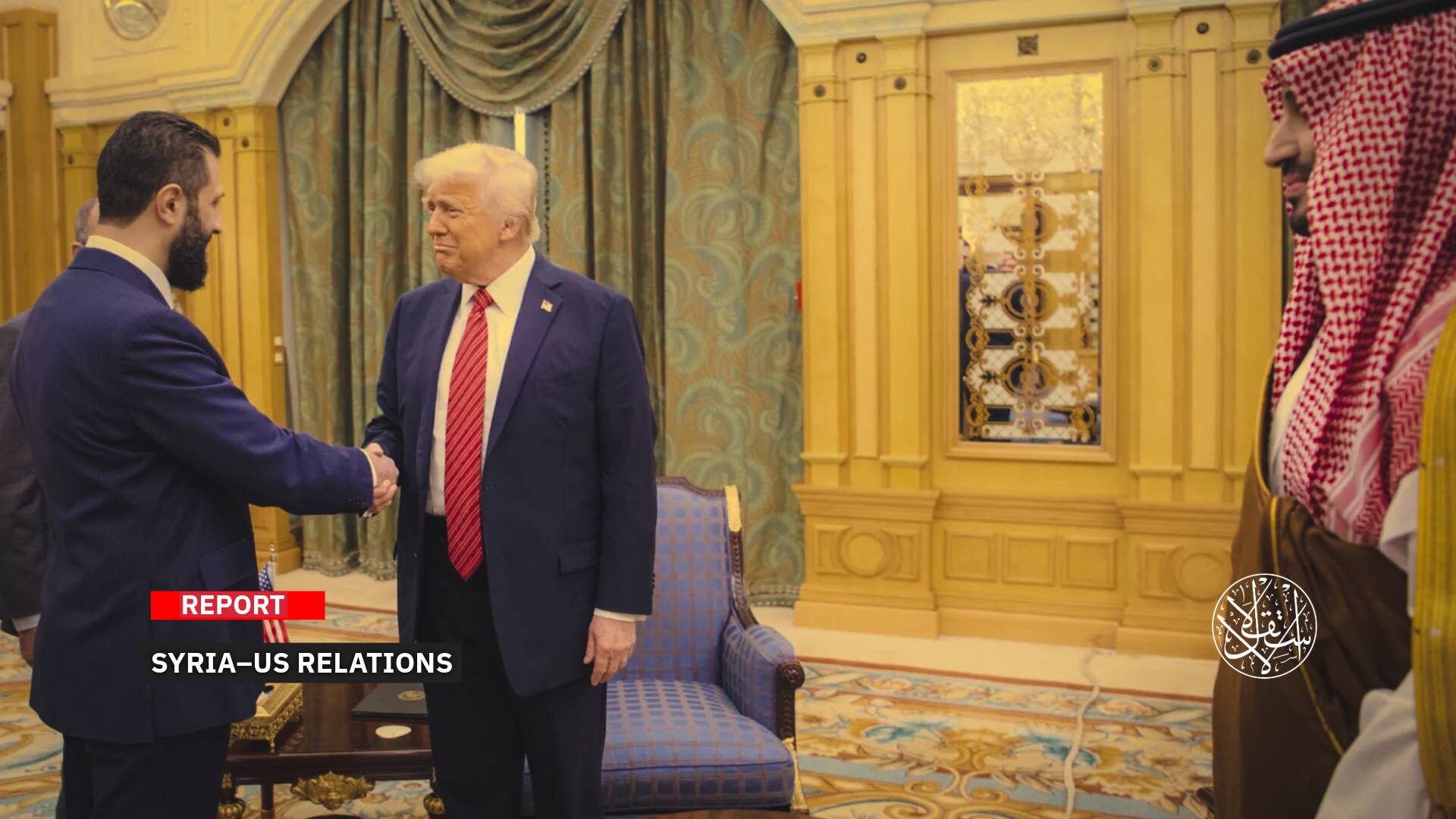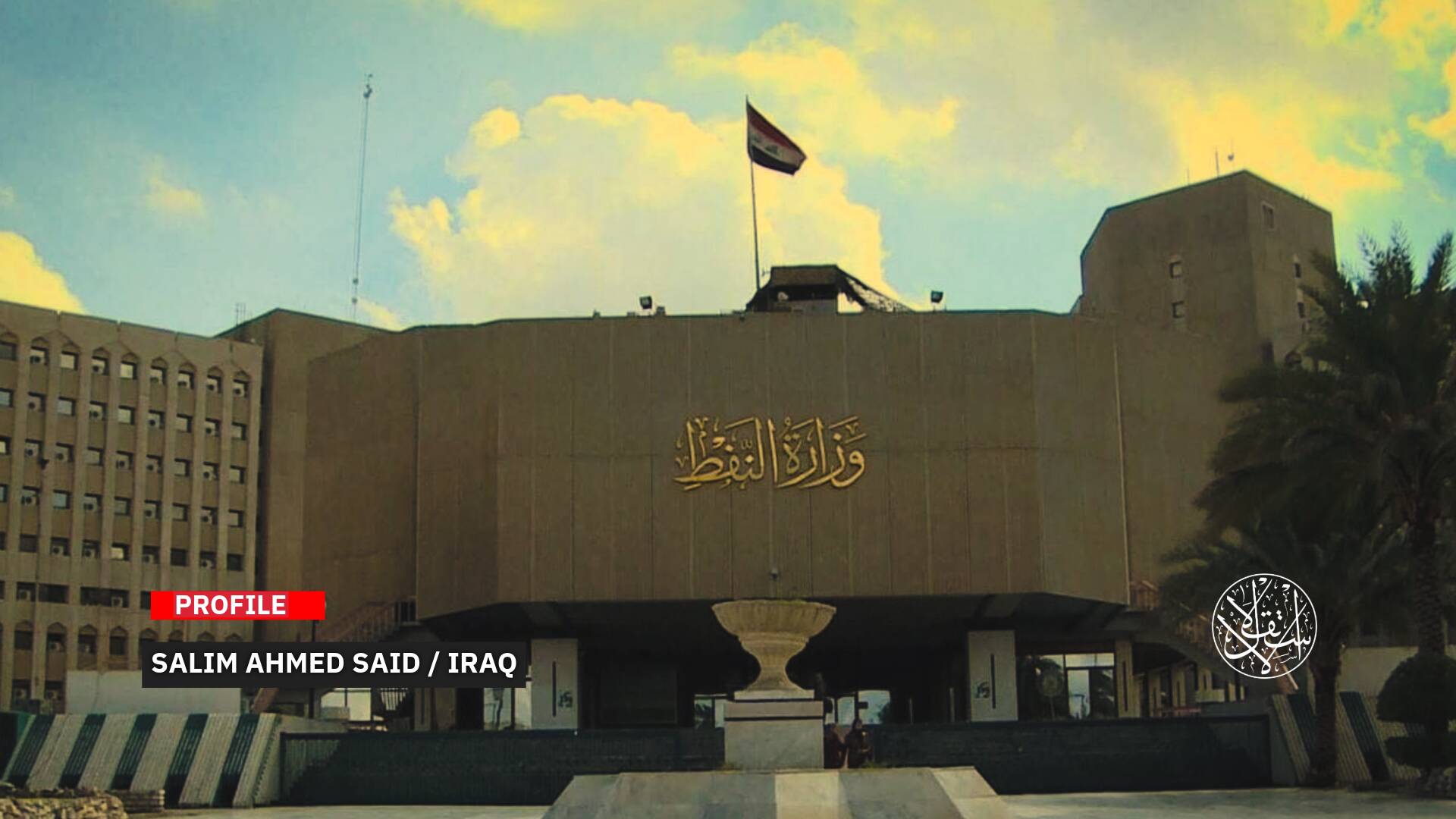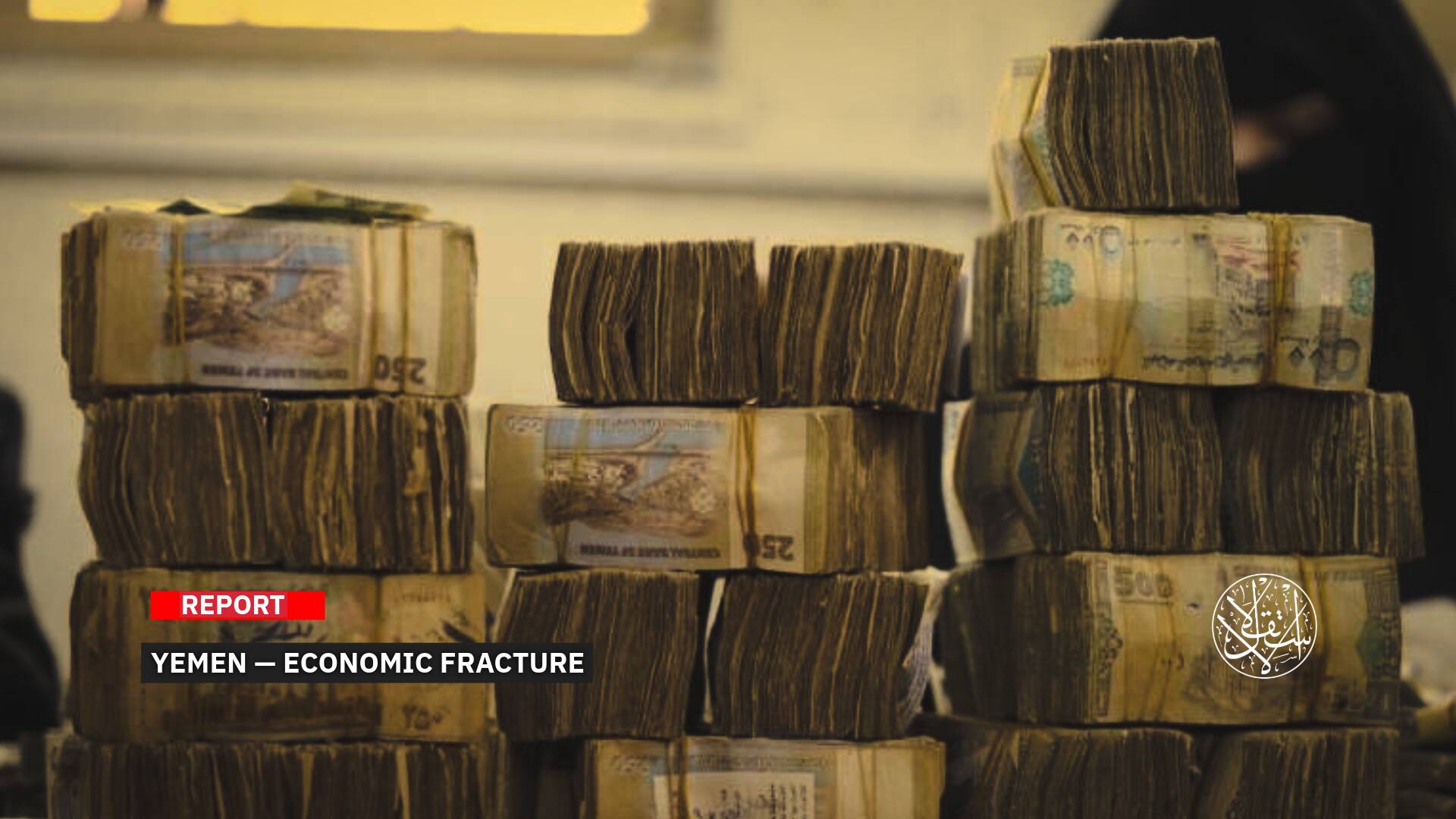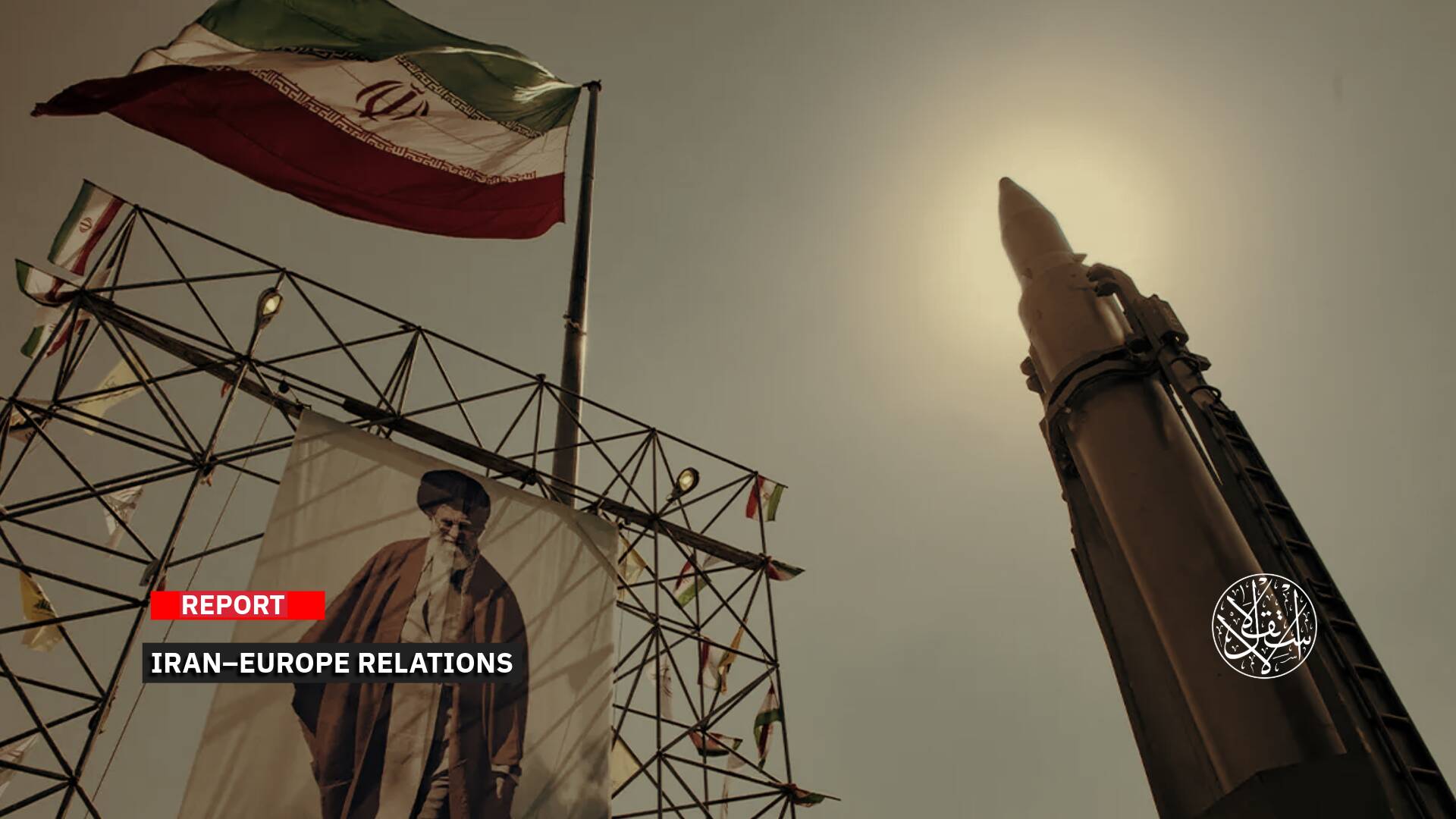Protecting Criminals and Corrupt Figures: What's Behind the 'Executive Orders' by U.S. Presidents?

Executive orders are not permanent legislation and are subject to a set of constraints and limitations.
Once a U.S. president takes office, they immediately issue a series of “executive orders” upon entering the White House, which have the force of law and take effect right away
In recent years, many of these executive orders have been shaped by the personal preferences of the president or serve as a form of political retaliation. One president might issue an executive order, and the next would respond by issuing counter-orders to cancel or undo the previous president's actions.
What's even more surprising is that some of these orders contradict domestic laws, such as pardoning criminals—including those who stormed the Capitol in January 2021, as Trump did recently—and others clash with international agreements, like withdrawing from the World Health Organization and climate accords.
Retaliatory Orders
New presidents in the U.S. have broad authority to annul executive orders from their predecessors, a pattern we see frequently when administrations change.
When President Joe Biden took office in 2021, he swiftly issued dozens of executive orders to revoke those from Donald Trump’s first term (2016-2020), which amounted to 155 orders by the time Trump left office.
In the final month of his term, Biden deliberately issued a series of pardons for his son and brothers involved in tax evasion cases that would have led to their imprisonment, as well as for officers and officials within his administration whom Trump had expected to jail.

In response, Trump issued a series of orders to undo Biden's actions, including withdrawing from international organizations like the World Health Organization and the Paris Climate Agreement. He also vowed to reshape U.S. policy through the executive orders he would issue.
On his first day in office, Trump signed an unprecedented 100 executive orders, 78 of which reversed Biden's previous orders.
These orders ranged from pardoning those involved in the Capitol storming on January 6, 2021, to lifting sanctions imposed by Biden on Israeli settlers, and removing restrictions on artificial intelligence exports. Trump also withdrew support from international organizations such as the World Health Organization, restricted immigration to the U.S., and banned abortion and same-sex marriage.
Among the orders, Trump pardoned around 1,500 individuals involved in the Capitol riot, following his loss to Biden. He also directed the Attorney General to dismiss the cases related to the Capitol insurrection.
According to Reuters, Trump's executive order lightened sentences for 14 members of the extremist groups Proud Boys and Oath Keepers, including those convicted of conspiracy in inciting violence.
Trump also repealed at least 12 of Biden's executive orders that supported racial equality and fighting discrimination against LGBTQ+ individuals.
One of Trump's controversial orders eliminated birthright citizenship for children born to immigrants illegally in the U.S. unless their father was a U.S. citizen or green card holder. He temporarily suspended all U.S. foreign aid programs for 90 days to assess their alignment with his policy goals.
He declared a National Emergency at the U.S.-Mexico border and labeled criminal gangs as “terrorist organizations.” Still, Trump signed an order ending what he called the “weaponization” of the government against political opponents, instructing the government to correct any wrongful actions by federal law enforcement and intelligence agencies.
During his first term, Trump issued 220 executive orders, more than any other president in a single term since Jimmy Carter, compared to Biden's 155 by the time of his own inauguration.
Among the most contentious executive orders from Trump’s first term was the travel ban on several majority-Muslim countries, which Biden rescinded upon taking office.
Energy and Environmental Battles
A major point of contention between Biden and Trump was the search for oil in vital areas designated as natural reserves or federal waters. While Biden opposed oil exploration in these areas, Trump supported it to boost funds and address the federal deficit.
Trump reversed a 2023 memorandum issued by Biden that banned oil drilling in 16 million acres of the Arctic, arguing that the government should encourage energy exploration and production on federal lands and waters.
He signed orders to boost oil and gas development in Alaska, undoing Biden's efforts to protect Arctic lands and waters from drilling.
These moves marked a significant shift in energy policy in Washington, as Biden sought to reduce reliance on fossil fuels to combat global warming.
Trump campaigned on cutting U.S. energy prices in half within the first 18 months of his presidency and increasing oil production.
He promised to open up more federal land for drilling platforms, including the Arctic National Wildlife Refuge in Alaska, and to reduce taxes on oil companies, which Biden had raised.

On January 6, 2025, before leaving the White House, Biden signed an executive order to fully protect the U.S. East Coast, the Gulf of Mexico, the Pacific Ocean off the coasts of Washington, Oregon, and California, and additional parts of the Bering Sea in Alaska from future oil and natural gas leasing operations.
He justified the move by arguing that the environmental and economic risks of drilling in these areas outweigh the potential of limited fossil fuel resources.
Through this order, Biden safeguarded over 625 million acres of U.S. land and waters, anticipating that Trump would instruct loyal businessmen to drill for oil there. However, Trump described Biden's decision as shameful and doomed to fail.
Trump’s administration called the decision a retaliation against the American people who gave Trump a mandate to lower gas prices.
“President Biden’s actions yesterday on offshore drilling, banning offshore drilling will not stand. I will reverse it immediately. It’ll be done immediately and we will drill, baby, drill,” he said.
However, energy experts predict Trump's decision could face legal challenges. Biden’s order was based on a provision in federal law that is 72 years old, granting presidents the authority to withdraw U.S. territorial waters from leasing arrangements for oil and gas extraction.
The 1953 law grants the president broad powers to prevent drilling in federal waters for oil and gas, and in 2019, U.S. District Judge Sharon Gleason ruled that such decisions cannot be undone without a law passed by Congress.
Trump’s administration appealed the decision at the time, but the federal government dropped the appeal after Biden took office, meaning no higher court intervened.
What Is an Executive Order?
Executive orders are a key tool used by U.S. presidents at the beginning of their terms to establish the priorities of their new administrations, deriving their legitimacy from Article II of the U.S. Constitution.
These orders are official directives issued by the president to organize the work of federal agencies and institutions and determine how to use their resources, while adhering to the constitutional limits and legislation passed by Congress.
An executive order is issued individually by the president and has the force of law. Once signed, it can take effect immediately or after a few months, depending on whether it requires formal action from a federal agency.
The authority to issue executive orders stems from Article II of the U.S. Constitution, which designates the president as the Commander-in-Chief of the Armed Forces and head of the executive branch of government, along with powers explicitly granted by Congress.
For example, Trump's travel ban (during his first term) on certain citizens from majority-Muslim countries went into effect immediately, as it was based on a 1952 federal law that empowered the president to prevent any class of foreigners from entering the country if deemed harmful.
Throughout history, U.S. presidents have issued executive orders, with the exception of William Henry Harrison, who died a month into office, according to the American Presidency Project.
There is significant variation in the number of executive orders issued by each president, with some issuing only one during their term, such as John Adams, James Madison, and James Monroe, while others have issued thousands.
For instance, Franklin Roosevelt issued 3,721 executive orders during his four terms in office.

Constraints on Executive Orders
Executive orders are subject to a set of constraints and limitations that restrict their scope and duration. They are not permanent legislation, as subsequent presidents can easily revoke or amend them, which is evident in the frequent changes between U.S. administrations.
The president cannot enact new laws that exceed the powers explicitly granted to him by the Constitution or Congress through an executive order.
Executive orders cannot violate fundamental constitutional rights or laws enacted by Congress, and they are subject to judicial review.
There have been instances where orders were invalidated for exceeding the president’s authority, such as Trump’s executive order aimed at withholding federal funding from so-called “sanctuary cities” that did not comply with his immigration policies. A judge ruled that the president cannot impose conditions on federal spending approved by Congress.
In 2023, a federal appeals court overturned an executive order from Biden requiring federal employees to be vaccinated against COVID-19, deeming it an overreach of authority by intervening in personal medical decisions.
Executive orders do not require prior approval from Congress, nor does the president have the authority to directly cancel them.
However, Congress possesses important tools to influence the implementation of these orders. It can withhold the necessary funding to carry them out or pass legislation that makes their implementation difficult.
Still, many executive orders, particularly those related to economic and financial matters, cannot be fully executed without Congress’s approval of the necessary budget allocations, given its exclusive constitutional authority over appropriations.
Sources
- How Trump May Be Able to Stop Biden’s Ban on New Offshore Drilling
- The American Presidency Project (Executive Orders)
- Everything Trump did in the first executive orders and actions of his presidency
- https://www.axios.com/2025/01/21/president-donald-trump-executive-orders-list
- What executive orders did Trump sign on day one?
- Breaking Down All of Trump’s Day 1 Presidential Actions




